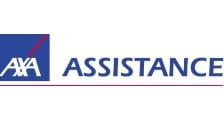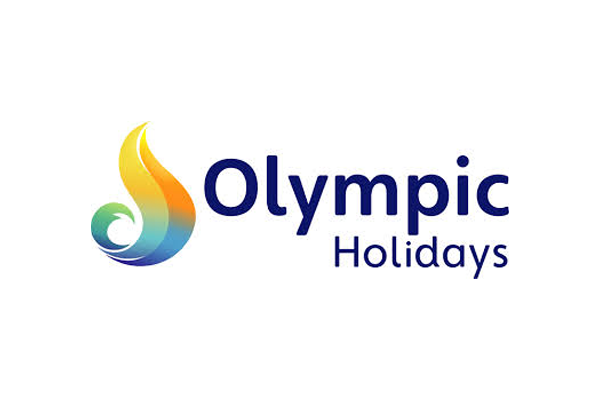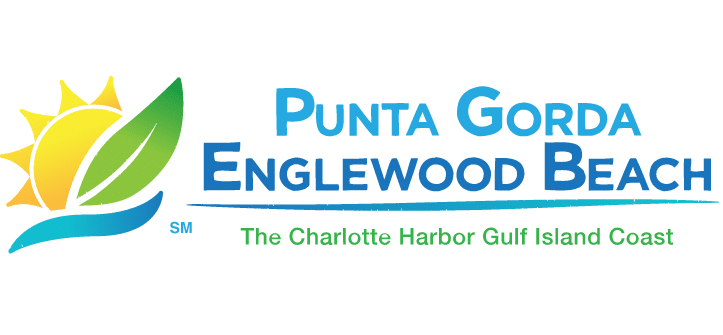Qantas Board chooses Boeing
Qantas said today that it had selected the Boeing 787 as the cornerstone of its domestic and international fleet renewal program.
Under the fleet plan, the Qantas Group will acquire 115 B787 aircraft:
§ 65 Boeing 787s for Qantas mainline and Jetstar for delivery from 2008; and
§ rights for an additional 50 B787s for growth.
The decision follows the airline’s Request for Proposal to Airbus and Boeing, which was announced in August 2005, for the provision of twin-engine wide-body aircraft.
The Chairman of Qantas, Ms Margaret Jackson, said Qantas intended to fund the purchase of the new aircraft from operating cash flow.
“This fleet plan will give us a modern fleet offering maximum flexibility, lower seat mile costs and greater fuel efficiency,” Ms Jackson said.
“Qantas has focused strongly on growth since its privatisation 10 years ago, and those strategies have paid off.
“These new aircraft are vital for our continued growth in the face of increasing competition in the years ahead.
“They will cater for international capacity growth and new routes, as well as replacing the Qantas Group’s fleet of wide-body Boeing 767-300s,” she said.
The Chief Executive Officer of Qantas, Mr Geoff Dixon, said the tender had been very competitive, with excellent options proposed by both Boeing and Airbus.
“The Boeing 787 provides breakthrough technology, enabling us to fly further to more point-to-point destinations throughout the world at a cost equivalent to operating larger aircraft like the Boeing 747-400.
“One of our clear priorities is for Jetstar to be ready for international operations by early 2007, with the fastest possible transition to new technology, more efficient aircraft,” he said.
Mr Dixon said Jetstar would commence operations with an interim fleet of four A330-200 aircraft and transition as quickly as possible to a fleet of 10 new Boeing 787 aircraft, with delivery of Jetstar’s first B787 scheduled for August 2008.
“We will take delivery of the first B787 for Qantas mainline operations in July 2009,” he said.
“The Boeing 787 is ideal for operating to Asia, as well the USA and Europe, and with 300 seats, will enable both Qantas and Jetstar to closely target markets without compromising efficiency,” he said.
“Its new technology engines, cutting-edge airframe and increased seat count also offer a significant reduction in costs per ASK compared to the current Boeing 767.”
Mr Dixon said Qantas’ current order was a mix of B787-8 and later model B787-9 aircraft.
“When the B787-9 model is ready for service in 2011, it will represent an even greater engineering breakthrough, flying further than the B787-8 but with capacity for 50 additional passengers,” he said.
Mr Dixon said the B787’s lighter fuselage, which was constructed from composite material, allowed the aircraft t
§ fly further with a full payload;
§ burn less fuel;
§ fly faster than any other aircraft of its size; and
§ reduce maintenance costs.
“The composite fuselage also allows increased window size and a lower cabin altitude pressure that reduces the effects of jetlag.”
Mr Dixon said the Boeing 787 had been developed out of the Boeing investment in its Sonic Cruiser project, which had resulted in the development of groundbreaking technology like the use of composite materials that could be suitably manufactured for commercial aircraft.
“The B787 has a ‘double bubble’ design that increases width at shoulder height to ensure the most spacious cabin feel for customers as well as providing more freight capacity.
“In addition to the 787-8 and 787-9 models, Boeing is studying an extension of the 787 family. Boeing is also continuing to look for ways of enhancing further the B787’s range performance.”
Mr Dixon said Boeing had designated two engine types for the B787 – Rolls Royce and General Electric – with both engines offering new technology that allowed lower fuel burn and significant efficiency gains.
He said Qantas would require up to 145 engines and would commence the selection process in 2006.
The B787 goes into production in 2006, with its first flight planned for 2007 and certification, delivery and entry into service in 2008.
 United Kingdom
United Kingdom United States
United States Asia Pacific
Asia Pacific












































BA suspending all Heathrow to Abu Dhabi flights
Turkish Airlines flight in emergency landing after pilot dies
Unexpected wave rocks cruise ship
Woman dies after going overboard in English Channel
Foreign Office issues travel advisory for winter sun destinations